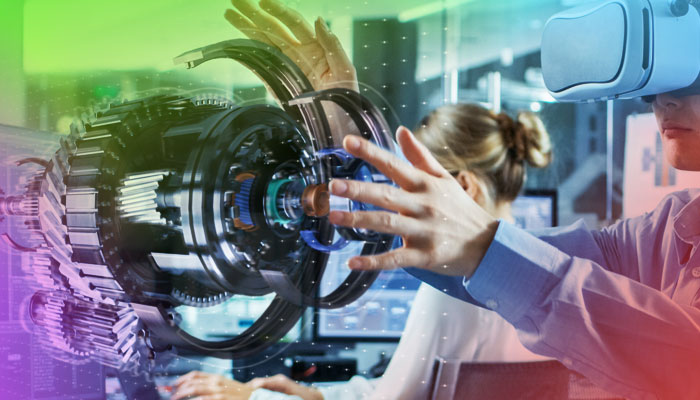

Keynote
Join us for our latest Digital Engineering Design and Simulation Virtual Summit on October 6, 2022.
The use of digital twins in design and manufacturing is still in the early stages. Companies have just begun exploring the best use of these digital product representations in their operations. With the emergence of the enterprise-class metaverse, the role of the digital twin and its interaction with the virtual environment take on a greater significance. In this keynote, Daniel Isaacs, CTO of Digital Twin Consortium, shares real-world use cases showing the value of planting digital twins in the metaverse.
More about this session.
Session 1
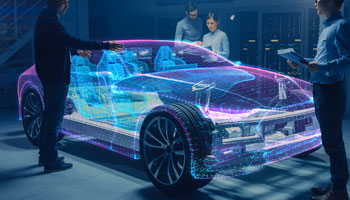
Using Sustainability to Gauge Your Operational Efficiency
Traditionally, the engineering industry has used the term “sustainability” to label initiatives aimed at minimizing the ecological impact of doing business. In this session, Israr Kabir, Senior Manager, Emerging Technologies at the American Society of Mechanical Engineers (ASME), discusses how concepts like digital engineering, model-based engineering, and digital twins are converging as the natural evolution of well-established lean practices and enhanced organizational sustainability.Session 2
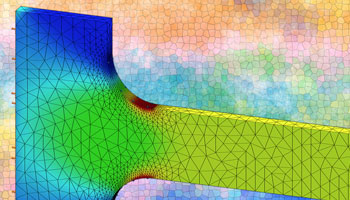
Systems Level Modeling & Simulation Challenges
Systems continue to reach new heights of complexity and autonomy. The challenge is that while our systems have become more interconnected and intelligent, our development methods have not. This presentation will outline some of the fundamental drivers for Digital Transformation, why Digital Engineering is the key to the broader Digital Transformation, and share some best practices, lessons learned, and activities underway to help pave the path forward to accelerate the realization of Digital Engineering.Session 3
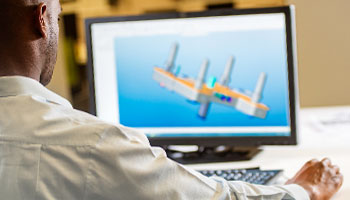
Hardware Recommendations for CAD and Engineering Simulation
Long-time CAD and simulation user Ryan Navarro shares performance-optimizing configurations for typical CAD usage, and tips for pushing the limits of FEA & CFD. He discusses how to choose pre-built systems and specify relevant components for custom-built machines dedicated to simulation or rendering. He also identifies areas of diminishing returns to avoid overspending on hardware; and discusses the emerging alternative – cloud CAD and solvers.Session 4
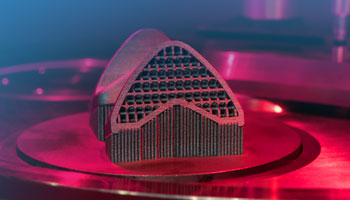
3D Printing Led NASA Goddard to a Lighter Space Flight
Generative Design leverages developments in AI and Cloud computing to enable a paradigm shift in the design process. Digital Manufacturing allows these designs to be efficiently manufactured by directly fabricating from the resulting 3D models. Ryan McClelland, a Research Engineer at NASA, discusses the NASA Goddard’s Evolved Structures process, where applying these technologies to spaceflight structures resulted in 2x-4x improvements in stiffness/mass and 5x-10x reduction in development time/cost.Sign up to attend any session.
Sign up to attend all sessions.
Reserve your space now and
we'll send you a reminder before the event.
we'll send you a reminder before the event.

